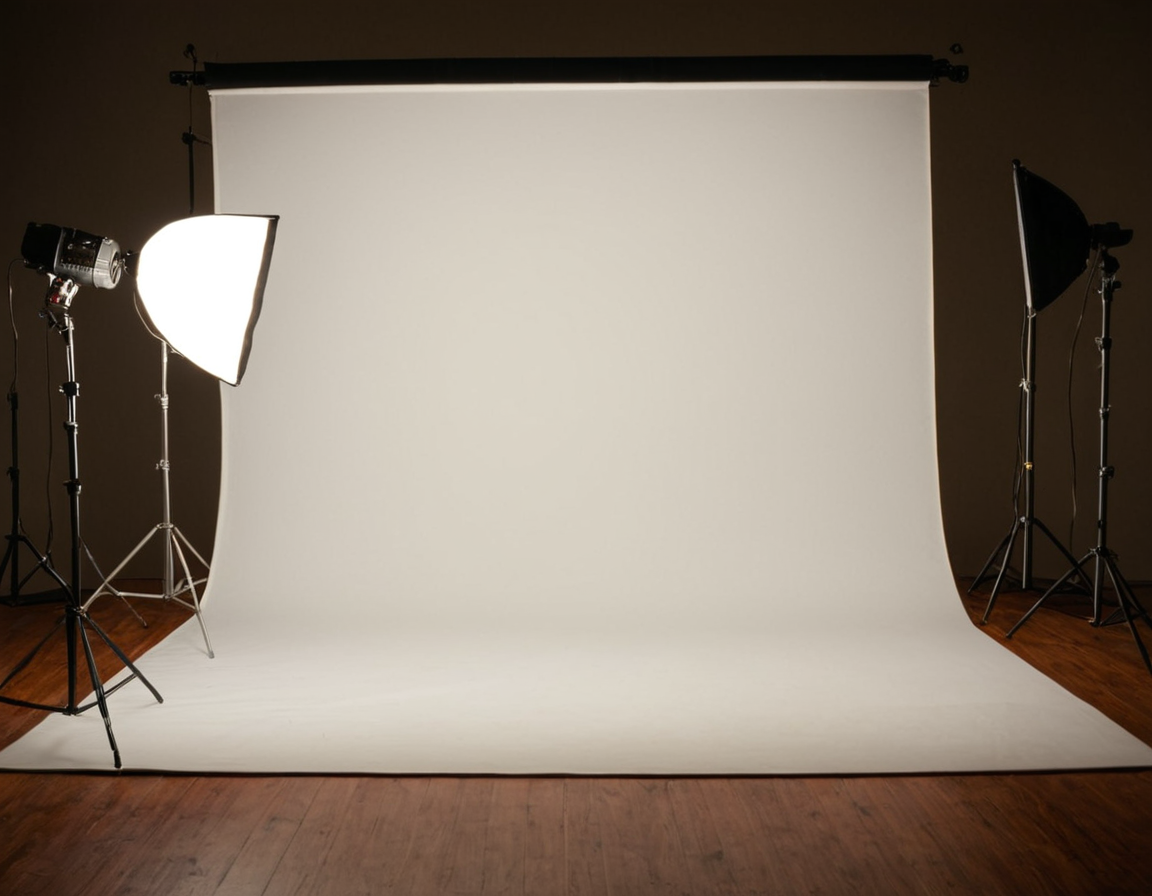Flash Photography Tips: Studio Quality Headshots on Smart...

Mastering Smartphone Flash Photography for Studio-Quality Headshots
Introduction
The art of taking professional-grade headshots has become increasingly popular, especially with the rise of social media and online platforms. While it’s possible to achieve stunning results using smartphones, there are several challenges that come with it. In this article, we’ll delve into the world of smartphone flash photography for studio-quality headshots, exploring the techniques, tips, and best practices to help you elevate your skills.
Understanding the Challenges
Before we dive into the nitty-gritty, it’s essential to acknowledge the limitations of using smartphones for photography. The camera hardware, lens quality, and software processing can significantly affect the final output. However, with the right knowledge, techniques, and equipment, it’s possible to overcome these challenges.
Equipment Requirements
For this article, we’ll focus on smartphone flash photography, but please note that investing in a dedicated camera or studio lights might be necessary for optimal results.
- A high-end smartphone with a good camera (e.g., iPhone 13 Pro or Samsung Galaxy S22 Ultra)
- A portable LED light panel or a ring light
- A diffuser or a softbox
- A remote shutter release or a timer
Basic Principles of Flash Photography
Flash photography is based on the principles of strobe lighting, which involves using high-intensity flashes to freeze motion and create a desired effect. In this context, we’ll focus on using flash to create a studio-quality environment.
Understanding Strobe Modes
Strobe modes refer to the way you use your flash to create different effects. The most common mode is Manual Mode, where you adjust the power and duration of the flash to achieve the desired result.
Using Flash to Create Depth
One of the most critical aspects of flash photography for headshots is creating depth. This can be achieved by adjusting the distance between the light source and your subject, as well as using a diffuser or softbox to soften the light.
- Adjust the distance between the light source and your subject to create a sense of depth.
- Use a diffuser or softbox to soften the light and reduce harsh shadows.
Tips for Better Results
Using Natural Light
Natural light is an excellent resource for creating a studio-quality environment. If possible, use natural light during the golden hour (dawn or dusk) when the sun is low in the sky.
- Position your subject near a window with soft, indirect natural light.
- Adjust the lighting to create depth and interest.
Avoiding Harsh Shadows
Harsh shadows can quickly ruin an otherwise great shot. To avoid this, use a diffuser or softbox to soften the light.
- Experiment with different diffusers and softboxes to achieve the desired effect.
- Avoid using direct flash as it can create harsh shadows.
Experimenting with Angles
Angles play a significant role in creating an interesting and dynamic shot. Experiment with different angles to add depth and context to your image.
- Shoot from low or high angles to create a sense of drama.
- Experiment with Dutch angles or canted shots for added interest.
Conclusion
Mastering smartphone flash photography for studio-quality headshots requires practice, patience, and persistence. By understanding the principles of strobe lighting, using natural light, avoiding harsh shadows, and experimenting with angles, you can elevate your skills and create stunning images that rival professional-grade work. Remember to always focus on creating a safe and respectful environment for your subjects.
Next time you’re out shooting, consider applying these techniques to push the boundaries of what’s possible with smartphone flash photography. Happy snapping!
Tags
smartphone-flash-photography headshot-tips studio-quality-portraits professional-digital-marketing branding-images
About Isabella Anderson
As a seasoned photographer and educator, I help creatives unlock their full potential on lentecreativa.com. With 3+ yrs of experience teaching photography techniques & tips, I've worked with top brands to develop innovative tools for photographers. Let's chase those shots!
